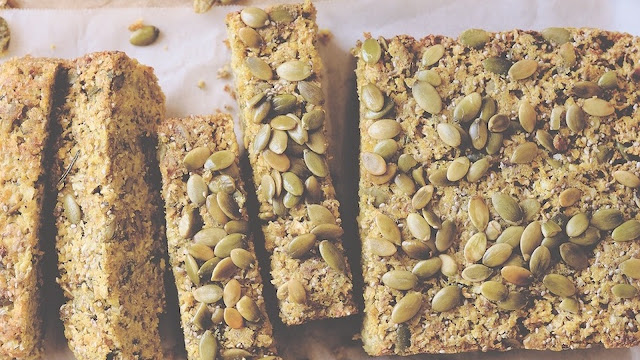Mary Berry, is one of the best-known and respected cookery writers and broadcasters in the UK. She describes her cooking style as 'family' - practical, healthy recipes that incorporate lots of fresh ingredients.
Today, I am sharing her easy butternut squash soup recipe, it is completely dairy-free! It has added red pepper and ginger, and is deliciously smooth. Roasting the squash, rather than boiling it in a pan, really brings out the flavour in the soup.
For this recipe you will need a 3.5–4 litre/6–7 pint deep-sided saucepan.
Ingredients
Serves Eight (adjust to suit)
1.5kg/3lb 5oz peeled and deseeded butternut squash, cut into 3cm/1¼in cubes (see recipe tip below)
1 large onion, roughly chopped
2 medium carrots, peeled and chopped
1 red pepper, deseeded and cut into cubes
4 tbsp olive oil
1 tbsp clear honey (optional)
5cm/2in piece fresh root ginger, peeled and chopped
1.5 litres/2½ pints vegetable stock
salt and freshly ground black pepper
(ii) If stored in a freezer-proof bag or container, this soup freezes well for up to 3 months.
(iii) Ready-prepared butternut squash can be bought from supermarkets and makes this soup even quicker to prepare.
For this recipe you will need a 3.5–4 litre/6–7 pint deep-sided saucepan.
Ingredients
Serves Eight (adjust to suit)
1.5kg/3lb 5oz peeled and deseeded butternut squash, cut into 3cm/1¼in cubes (see recipe tip below)
1 large onion, roughly chopped
2 medium carrots, peeled and chopped
1 red pepper, deseeded and cut into cubes
4 tbsp olive oil
1 tbsp clear honey (optional)
5cm/2in piece fresh root ginger, peeled and chopped
1.5 litres/2½ pints vegetable stock
salt and freshly ground black pepper
Method
1. Preheat the oven to 200C/180C Fan/Gas 6.
2. Tip the prepared squash into a large, resealable freezer bag with the onion, carrots and red pepper. Add half the oil and salt and pepper and toss everything together until the vegetables are evenly coated. Tip into a large roasting tin and spread out to form a single layer.
3. Roast in the oven for 40–45 minutes, or until tender and tinged brown. Drizzle over the honey, if using, 5 minutes before the end of cooking.
4. Place the large, deep-sided saucepan over a medium heat, add the remaining oil and, when it is hot, add the ginger and fry for a minute. Pour in the stock and bring to the boil, then stir in the roasted vegetables and add salt and pepper.
5. Remove the saucepan from the heat and, using a hand blender, blend the mixture until smooth. Return to the heat to warm through and serve hot.
2. Tip the prepared squash into a large, resealable freezer bag with the onion, carrots and red pepper. Add half the oil and salt and pepper and toss everything together until the vegetables are evenly coated. Tip into a large roasting tin and spread out to form a single layer.
3. Roast in the oven for 40–45 minutes, or until tender and tinged brown. Drizzle over the honey, if using, 5 minutes before the end of cooking.
4. Place the large, deep-sided saucepan over a medium heat, add the remaining oil and, when it is hot, add the ginger and fry for a minute. Pour in the stock and bring to the boil, then stir in the roasted vegetables and add salt and pepper.
5. Remove the saucepan from the heat and, using a hand blender, blend the mixture until smooth. Return to the heat to warm through and serve hot.
To Serve
Many may like to serve this soup with a favourite slice of crusty bread, there are some lower carb choices here
Recipe Tips
(i) If covered and chilled in the fridge, this butternut squash soup can be made up to 3 days ahead.(ii) If stored in a freezer-proof bag or container, this soup freezes well for up to 3 months.
(iii) Ready-prepared butternut squash can be bought from supermarkets and makes this soup even quicker to prepare.
Butternut squash is one of the most nutritious and healthiest vegetables you can eat, with a rich array of vitamins, minerals and antioxidants as well as significant amounts of digestive fibre. It not only tastes great, it is also low in calories, yet surprisingly filling.
All the best Jan

































